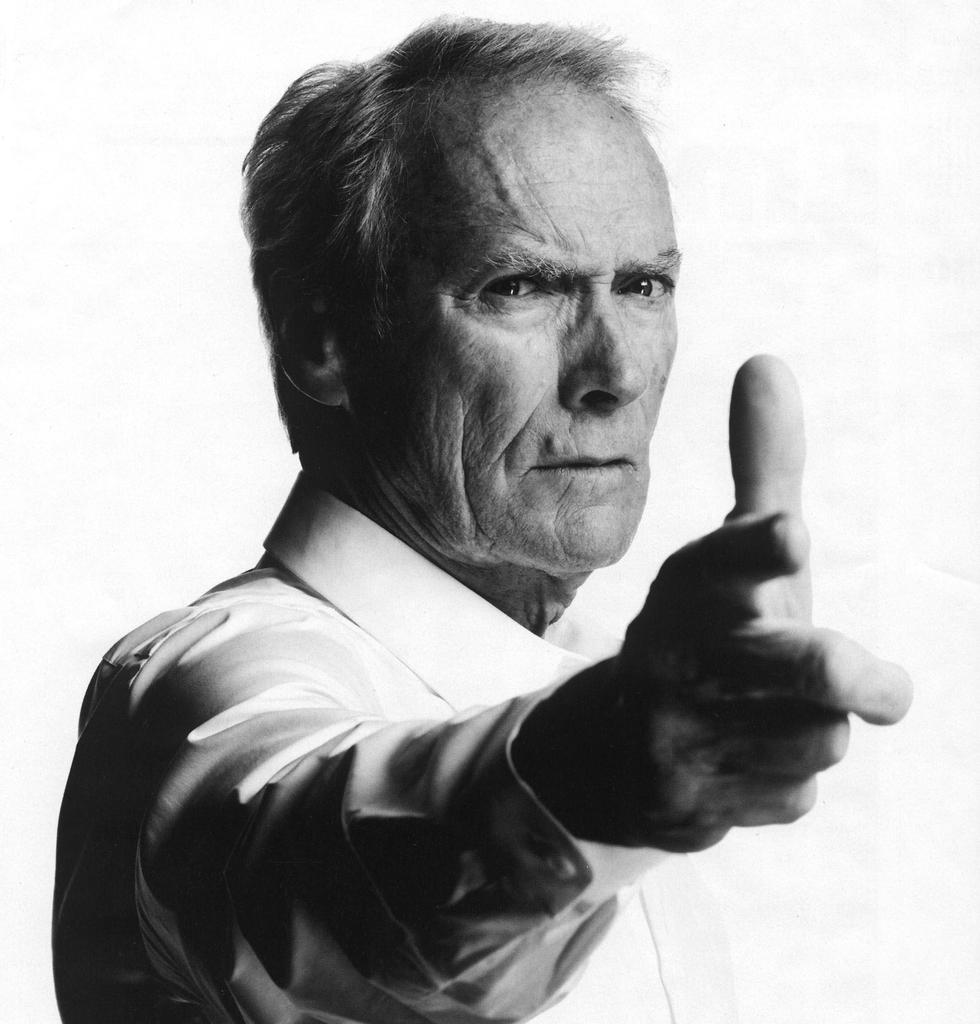Understanding The Eastwood Rule: A Comprehensive Guide
The Eastwood Rule is a crucial principle in the world of filmmaking and cinematography that has gained prominence over the years. This rule, named after the legendary actor and director Clint Eastwood, revolves around the idea of efficiency and precision in filmmaking. In this article, we will delve deep into the Eastwood Rule, exploring its origins, implications, and its relevance in modern cinema.
Filmmakers and aspiring directors often seek ways to enhance their storytelling capabilities while minimizing production costs. The Eastwood Rule provides a framework that encourages filmmakers to focus on the essential elements of a scene, thereby streamlining the production process. By adhering to this rule, filmmakers can create impactful narratives without unnecessary complexities.
In the following sections, we will explore various aspects of the Eastwood Rule, including its definition, key principles, and practical applications in filmmaking. Whether you are a seasoned professional or a budding filmmaker, understanding the Eastwood Rule can significantly improve your craft and storytelling abilities.
Table of Contents
- 1. Definition of the Eastwood Rule
- 2. Key Principles of the Eastwood Rule
- 3. Applications in Modern Filmmaking
- 4. Case Studies of the Eastwood Rule
- 5. Insights from Filmmaking Experts
- 6. Challenges and Criticisms of the Eastwood Rule
- 7. The Future of the Eastwood Rule in Cinema
- 8. Conclusion
1. Definition of the Eastwood Rule
The Eastwood Rule can be succinctly defined as the principle that encourages filmmakers to shoot only what is necessary to tell their story effectively. Clint Eastwood, known for his no-nonsense approach to filmmaking, often emphasizes the importance of getting the shot right the first time, minimizing the need for excessive retakes and edits. This approach not only saves time but also enhances the authenticity of the performance captured on film.
2. Key Principles of the Eastwood Rule
Understanding the Eastwood Rule involves recognizing its core principles, which include:
- Simplicity: Focus on the essential elements of the narrative without overcomplicating the story.
- Efficiency: Aim to achieve the desired result in the least amount of time and resources.
- Authenticity: Capture genuine performances and emotions by minimizing repeated takes.
- Preparation: Ensure thorough planning and rehearsals to facilitate a smooth shooting process.
2.1 The Importance of Planning
Effective planning is the backbone of the Eastwood Rule. Filmmakers must invest time in pre-production to outline their vision clearly. This includes scripting, storyboarding, and conducting rehearsals with the cast. By doing so, filmmakers can ensure that they capture the essence of the story in fewer takes.
2.2 The Role of Technology
Modern technology plays a significant role in the application of the Eastwood Rule. With advancements in camera equipment, filmmakers can achieve high-quality shots with minimal effort. Digital editing tools also allow for seamless integration of scenes, reducing the need for multiple takes.
3. Applications in Modern Filmmaking
The Eastwood Rule has found its place in various genres of filmmaking, from drama to action. Its principles can be applied in different contexts, including:
- Independent Films: Many independent filmmakers adopt the Eastwood Rule to manage tight budgets and limited resources.
- Commercials: Advertisers often embrace the rule to create impactful ads that convey their message quickly and effectively.
- Documentaries: Documentarians benefit from the rule by capturing real moments without extensive retakes.
4. Case Studies of the Eastwood Rule
Several notable films exemplify the application of the Eastwood Rule. For instance:
- Gran Torino (2008): Clint Eastwood’s own film showcases his approach to filmmaking, with a focus on authentic performances and minimal retakes.
- Birdman (2014): This critically acclaimed film utilized long takes to enhance storytelling while adhering to the principles of the Eastwood Rule.
5. Insights from Filmmaking Experts
Many filmmakers and industry experts have shared their perspectives on the Eastwood Rule. Renowned director Martin Scorsese has expressed admiration for Eastwood's approach, noting that it fosters creativity by allowing actors to deliver genuine performances without the pressure of excessive retakes.
6. Challenges and Criticisms of the Eastwood Rule
Despite its advantages, the Eastwood Rule is not without challenges. Some critics argue that this approach may lead to a lack of experimentation in filmmaking. Additionally, certain genres may require a more flexible shooting style that deviates from the Eastwood Rule.
7. The Future of the Eastwood Rule in Cinema
As the film industry continues to evolve, the Eastwood Rule remains relevant. With the rise of streaming platforms and changing audience preferences, filmmakers can benefit from this principle by delivering concise and impactful storytelling that resonates with viewers.
8. Conclusion
In conclusion, the Eastwood Rule serves as a valuable guideline for filmmakers seeking to enhance their craft. By emphasizing simplicity, efficiency, and authenticity, this principle encourages filmmakers to focus on what truly matters in storytelling. As you embark on your filmmaking journey, consider incorporating the Eastwood Rule into your creative process to elevate your work and connect with your audience more effectively.
We invite you to share your thoughts on the Eastwood Rule in the comments below. If you found this article helpful, please consider sharing it with fellow filmmakers and enthusiasts or exploring more content on our site!
Sweeney's Market: A Comprehensive Guide To Quality And Freshness
Helldivers Crossplay: Uniting Players Across Platforms
Exploring The Dynamic Relationship Of Jay-Z And Rihanna: A Musical Journey


